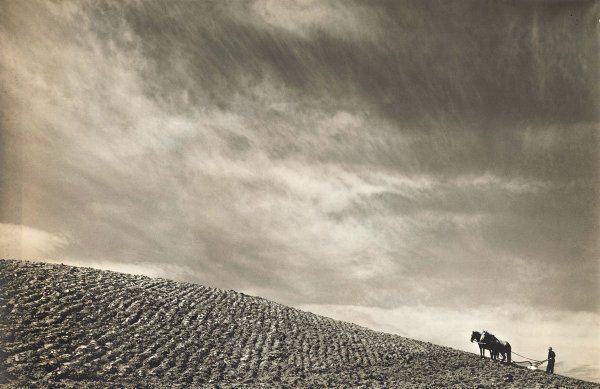I thought we’d exit the week with a different variety of dreams: the daylight version, not nocturnal ones.
Dreams
Langston Hughes – 1902-1967
Hold fast to dreams
For if dreams die
Life is a broken-winged bird
That cannot fly.
Hold fast to dreams
For when dreams go
Life is a barren field
Frozen with snow.

Holding on to our visions, hopes and aspirations for what could be is important. Goals help to resist the multitudinous influences that try to deprive people of hope in order to keep them in “their place,” an antidote to stasis and death. This is as much the case in 2021 as it was when Langston Hughes first published the poem in 1922. It is of course particularly true for those who are the victims of ingrained racism, but also true for other populations – women, people living with disabilities, people outside of binary gender categories, to name just a few – that threaten the power status and comfort zones of those at the top of the societal ladder.
The function of these diurnal dreams is to motivate resistance and action, to acknowledge one’s own right to a just future.

What is the function of nocturnal dreams? There is, wouldn’t you know it, no consensus on the answer to that question. And more suggestions than I care to count, varying across cultures and eras. For the curious, here are a few of the models that you find discussed in the psych literature.
The Freudian model of dreams revealing latent content of your emotional landscape, or the Jungian one relating them to gateways to archetypal knowledge are no longer receiving much attention. These days researchers focus on the role of dreams in processing information and consolidating memory, in reflecting emotions, and contributing to creative problem solving. Some researchers are also pursuing the idea that dreams help to prepare and protect us from dangerous situations in waking life. All of this is open to debate with lots of scientific disagreement.

Here is what we do know for certain: dreams are reported by the dreamer – as with all self-reports, it is hard to discern what was actually dreamt and what is interpreted through the understanding of the dreamer. That said, dreams often seem to reflect what is prominent in the waking thoughts of the dreamer, things they deal with in their present life. A typical example: Chinese and German students report most frequent dreams around stressors of education, Canadians, on the other hand, do not.
General themes emerge, though, across cultures: fear of violence or running away, fear of falling, fear of public embarrassment are prevalent.

During dreaming the amygdala is active, the brain site associated with emotions. This is particularly true for people living with PTSD, anxiety or depressive disorders, which are reflected in their frequency of anxious dreams. The visual cortex is active as well, not surprising given the visual nature of dreams. On the other hand, the prefrontal cortex, responsible for pursuing goals, structuring our thoughts, inhibiting impulses, is less active during dream states, which explains the jumbled, incoherent nature of dreams.
Then how do we solve problems in dreams as so much famous anecdotal evidence suggests? It is likely than random combinations in dreams offer solutions because they allow us to veer away from the path we pursued that got us stuck in the first place. For all the reported “AHA!” moments in dreams there are probably millions that didn’t lead to anything because of their indecipherable jumbling.

Photographs today, a rare exception, are by the brilliant Margaret Bourke-White, whose dreams as photojournalist were put on hold by early onset Parkinson Disease which she fought tooth and nail for 18 years. The images are a good reminder of the relevance of Hughes’ poem.
And here is a bonus. Hughes’ poetry read aloud by himself.







Carl Wolfsohn
I once had a dream about your blog. A president, amorphous, was quoting it!
Martha Ullman West
Anthropologist Margaret Mead said more than once that she considered a night’s sleep without dreaming a waste of time. How about that for an American work ethic! The Margaret Bourke White photos are terrific of course and illustrate well your point and the Langston Hughes poem. I also associate her with photos of the Soviet Union she took I forget just when and an extraordinary shot of a ballet class, young girls at the barre in a studio in Moscow, and their dreams of becoming artists of an art form established by the czars,